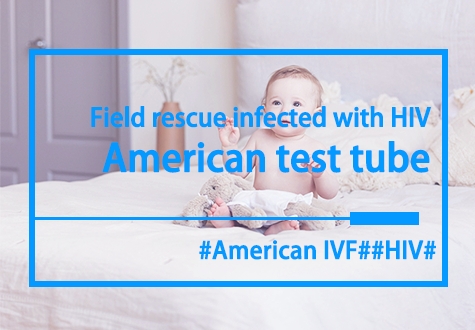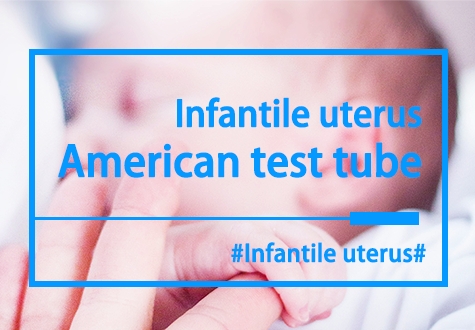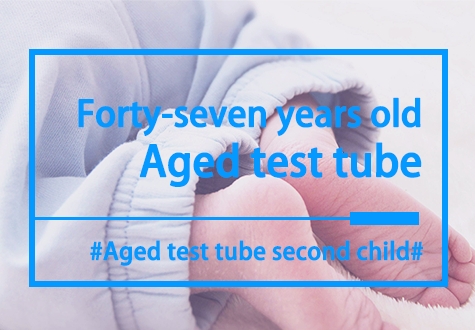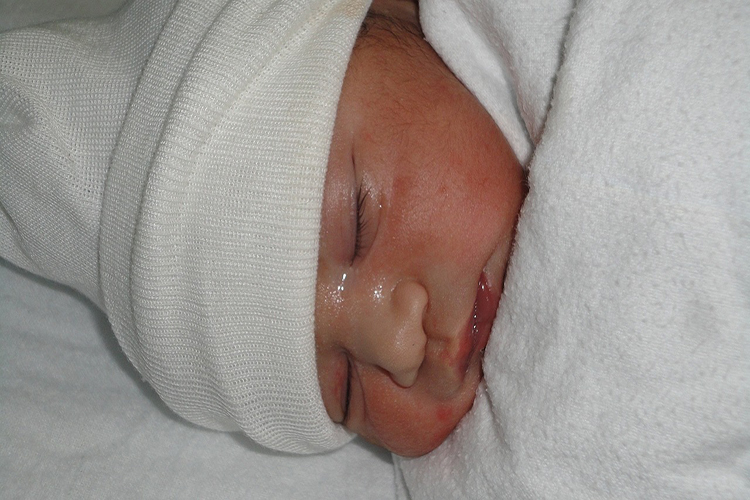Breakthrough in IVF technology to achieve accurate pregnancy and maternal and child safety!
The hospital's reproductive medicine laboratory has always maintained a sterile, constant temperature and humidity and ultra-clean environment. In this ideal environment, eggs and sperm are combined in a petri dish to form an embryo, thus giving birth to a new life. Today, assisted reproductive technology, represented by IVF (in vitro fertilization - embryo transfer technology), has helped many couples who could not conceive naturally realize the dream of having a healthy baby.
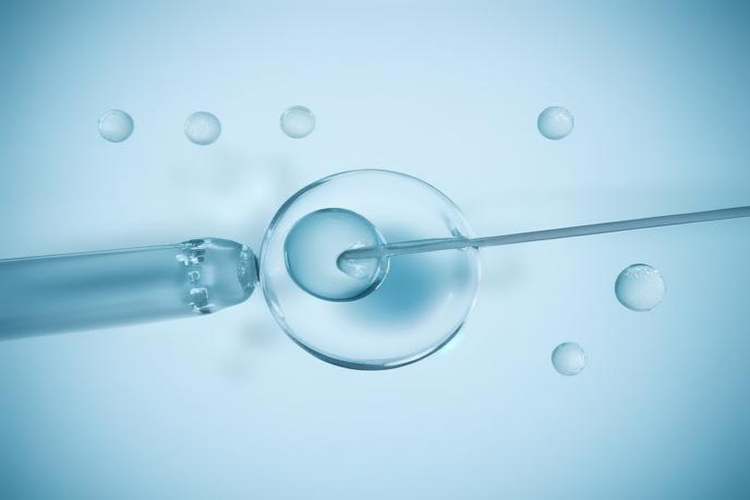
The first test-tube baby in mainland China was born in 1988. After 36 years of development, this technology has made remarkable achievements. However, more than half of IVF treatment cycles still experience embryo implantation failure, and the incidence of repeated implantation failure is between 10% and 20%. At present, there is no clear and effective clinical treatment. The team led by Professor Sun Yun, vice president and director of the Department of Reproductive Medicine, focuses on solving the reproductive problem of implantation disorder and has achieved a series of innovative results. Recently, their research on "Precision prevention and treatment of implantation disorders and the establishment, promotion and application of personalized assisted pregnancy strategies" won the first prize of the Chinese Medical Science and Technology Award for Medical Science and Technology.
From retrospective to prospective studies
Explore “seed” planting technology
The process of nurturing new life is similar to growing crops, requiring high-quality seeds, fertile soil, a suitable growing environment and necessary life support. Sun Yun explained: “The seed is the embryo formed by the combination of egg and sperm, the soil is the endometrium, the environment includes the uterine cavity environment and the external environment, and life support includes individualized, precise, humane, and minimally invasive treatments. "IVF technology covers multiple steps such as egg retrieval, fertilization, embryo culture and transplantation, and involves close cooperation in multiple disciplines such as reproductive gynecology, reproductive andrology, embryology, reproductive genetics, ultrasound medicine, and nursing. Every step is Very critical and interconnected. To improve the embryo implantation rate, we need to grasp key nodes and adopt individualized treatment strategies.
Planting the "seed", that is, embryo transfer, is the key to solving the problem of implantation disorders. Sun Yun pointed out that embryo transfer can choose fresh embryo transfer or frozen embryo transfer. Fresh embryos are embryos that are formed after egg retrieval, the egg and sperm combine to form a fertilized egg, and are cultured outside the body for a period of time. They can be transplanted immediately without storage. Frozen embryos store fresh embryos in a liquid nitrogen environment at minus 196 degrees Celsius for a long time; they can be transplanted after the maternal hormone levels return to normal.
If the woman is in good physical condition after egg retrieval, her hormone levels are normal, her endometrium is well developed, and there are no unfavorable factors such as hydrosalpinx or intrauterine adhesions, the doctor will recommend a fresh embryo transfer. Otherwise, a frozen embryo transfer will be recommended. Some expectant parents may be concerned about the safety of frozen embryo transfer, whether the pregnancy rate will be reduced, and whether the growth of the embryo will be affected after going through the "freeze-resuscitation" process.
There are international disputes about these issues, and for a long time, domestic and foreign research on treatment strategies for implantation disorders have mainly been retrospective studies and small sample studies, lacking high-quality clinical research data. In order to find the answer, Sun Yun's team began an exploration from zero to one.
Using live birth rate as the main outcome indicator, the team collaborated with 20 reproductive centers across the country, enrolled 2,157 infertile patients with normal ovulation, and conducted a multi-center prospective randomized controlled clinical study with the largest sample size in the world in the reproductive field. They used 4 years to record the maternal and child health status of patients with frozen embryos and fresh embryo transfers, and followed up until the birth of the newborn.
The results of the study showed that there was no significant difference in live birth rates, maternal complications, and neonatal outcomes between frozen embryo transfer and fresh embryo transfer, but the risk of moderate or severe ovarian hyperstimulation syndrome was significantly lower in the frozen embryo transfer group. in the fresh embryo transfer group. Sun Yun said that when there is not much difference in safety and success rate, the choice of frozen embryo transfer or fresh embryo transfer needs to be decided based on the physical condition, hormones, uterine environment and embryonic condition of the expectant mother at that time.
The results of this study provide A-level clinical evidence-based medicine: for people with normal ovulation, both embryo transfer strategies can be chosen, and there is no significant difference in clinical outcomes; for people with polycystic ovary syndrome, frozen embryo transfer is both safe and cost-effective. An effective strategy; for people who need preimplantation genetic screening, frozen embryo transfer can allow more time for embryo testing and is a better treatment option; for people with poor ovarian response, current research evidence The grade is weak and requires further evaluation based on the patient's condition.
According to "soil" conditions
Find the best time to plant
Since 2018, Xiao Wu and her husband Mr. Liu have embarked on the road of in vitro fertilization.
At that time, the couple had been trying to conceive for two years without success. After examination, it was found that Xiao Wu had bilateral fallopian tube obstruction and Mr. Liu had teratozoospermia. Fortunately, Xiao Wu’s ovarian function and endometrial morphology were both good, making her suitable for in vitro fertilization. However, Xiao Wu underwent five embryo transfers but failed to get pregnant. Local doctors conducted multiple examinations on Xiao Wu, and the results were all normal. The couple didn't want to give up, so they approached experts from the Department of Reproductive Medicine at Renji Hospital.
"Xiao Wu is a typical case of repeated implantation failure for unknown reasons. We believe that there may be a problem with her endometrial receptivity." Sun Yun said. As we all know, sowing needs to be done at the right time for the seeds to take root and germinate. Similarly, the endometrium only allows the embryo to implant successfully during a specific window period, which is called the implantation window.
Studies have found that the implantation window for most patients is 5 to 9 days after ovulation. Among people with repeated implantation failures, some people’s implantation window is postponed to 10 days after ovulation, while others are advanced to 3 to 4 days after ovulation. Some people have no problem with the implantation window, but the endometrium is thin and has poor ability to accept embryos, requiring early intervention and later maintenance. "The early spring buds will not appear, and the late grain flowers will be missed. For these patients, accurate analysis of the cause and individualized treatment are the key to helping them successfully conceive." Sun Yun said.
Therefore, Sun Yun's team proposed the concept of "full-time assessment of endometrial receptivity", which expanded from focusing on the implantation window to focusing on three consecutive periods - the initial period before embryo implantation and the establishment of the implantation window. period and the maintenance period after embryo implantation.
After examination, Sun Yun found that Xiao Wu's endometrial implantation window lasted very short, and the implantation window was obviously lagging behind. Therefore, the team formed a multidisciplinary team in conjunction with gynecological endocrinology, reproductive endoscopic surgery, reproductive imaging, traditional Chinese medicine and other disciplines to provide comprehensive treatment to Xiao Wu, increase endometrial blood supply, improve the uterine environment, and re-establish an implantation window for her. Xiao Wu successfully became pregnant after an embryo transfer and gave birth to a healthy baby under the protection of the obstetrics department.
At present, Sun Yun's team has constructed a large-scale database and biological sample bank, elucidated the full-time regulatory mechanism of endometrial receptivity from multiple perspectives such as transcription, protein, metabolism, and post-translational modification, and mapped the uterine The network map of genes regulating endometrial receptivity provides a theoretical basis for individualized assessment of endometrial receptivity.
Choose high-quality "seeds"
Ensure the safety of mothers and babies
The Department of Reproductive Medicine of Renji Hospital was established in 2001. It is the supporting unit of Shanghai Human Assisted Reproductive Technology Quality Control Center and the only sperm bank in the city. More than 10,000 test-tube babies are born here every year, and the success rate of test-tube babies reaches 60%, ranking first in Shanghai and leading the country.
Sun Yun has been practicing medicine for 28 years and has grown together with the Reproductive Medicine Department of Renji Hospital. "When we first started to apply IVF technology, in order to increase the success rate, we would transfer multiple embryos at one time, which could easily lead to multiple pregnancies. At the same time, due to the influence of traditional concepts, many couples who tried IVF hoped to conceive twins at one time. However, Multiple pregnancy may bring some risks to both pregnant women and babies,” Sun Yun said, “Pregnant women have a significantly increased risk of complications such as gestational hypertension, gestational diabetes, and hyperemesis gravidarum, and newborns may suffer from premature birth and low birth weight. Weight and the probability of cerebral palsy will also increase.”
In order to solve this problem, Sun Yun's team continues to explore. "First of all, the technical level must be improved so that doctors can have the confidence to release only one embryo. In addition, science education must be done to let the public understand the disadvantages of multiple pregnancy." Sun Yun said.
As the Quality Control Center for Human Assisted Reproductive Technology in Shanghai, the Department of Reproductive Medicine summarized more than 10 years of clinical data on the serious threats to maternal and infant safety caused by multiple pregnancies and reported them to the Shanghai Municipal Health Commission, which attracted great attention. After that, Shanghai took the lead in promoting and implementing a series of optimized embryo transfer strategies in the country, significantly reducing the multiple pregnancy rate.
In 2013, Shanghai took the lead in the country in promulgating local technical specifications and standards for human assisted reproduction - the "Shanghai Technical Specifications for Human Assisted Reproduction", which stipulated that the number of embryos to be transferred per cycle should not exceed 2, and selective implementation was implemented for people at high risk of multiple pregnancy Single embryo transfer. From 2014 to 2017, the multiple pregnancy rate in Shanghai dropped from 35% to 22% (the national rate for the same period was 35%). In 2018, Shanghai comprehensively promoted the single-embryo transfer strategy for first-time transplantation. From 2019 to 2021, the city's assisted reproductive multiple pregnancy rate dropped rapidly from 22% to 12% (the national rate for the same period was 30%).
"By optimizing the embryo transfer strategy, we can reduce the multiple pregnancy rate, reduce maternal and neonatal complications, ensure the safety of mothers and infants, and also reduce the medical burden of maternal and child health care," Sun Yun said.





